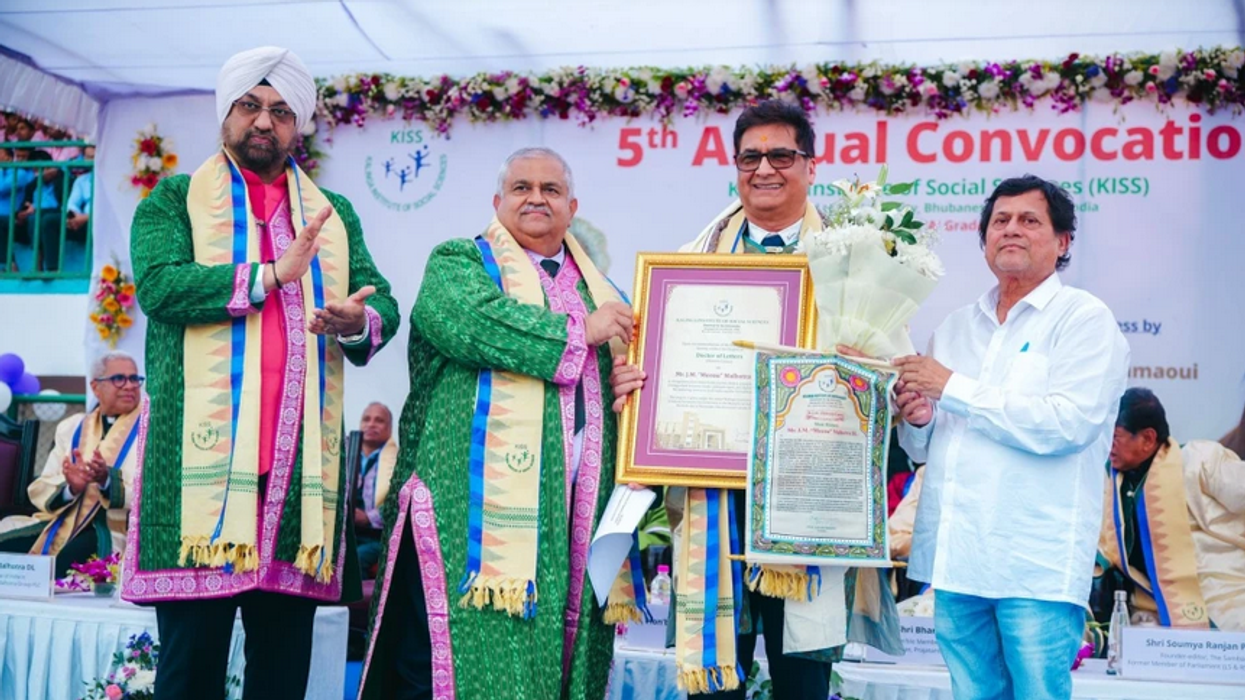SCHOOLS could make improvements on how Britain’s colonial past is taught to students, a minister has suggested.
Speaking during an evidence session last week, minister for school standards Nick Gibb admitted schools could do a more "rigorous" job of teaching children about black history and cultural diversity.
Held by the Petitions Committee and Women and Equalities Committee, the meeting was prompted by several petitions calling on the government to diversify the curriculum. One appeal calling on the government to teach Britain's colonial past as part of the UK's compulsory curriculum has received more than 268,000 signatures to date.
The lobby highlighted that school pupils can currently go through the education system without learning about colonisation or the transatlantic slave trade.
Although Gibbs noted slavery and colonialism is already taught as part of the national curriculum, he said there was scope to ensure the teaching was more thorough.
He told the virtual hearing: “In Key Stage Three (KS3) there are requirements to teach about ideas of political power, industry and Empire. [...] I think sometimes in the past, the quality of what is taught is sometimes not given the right attention and that is now [not] happening.”
Asked if the Department of Education should make the subjects statutory if teachers failed to teach the subjects as well as they could be, Gibbs responded: “The national curriculum is statutory”.
He added: “There is a case for looking at the KS3 curriculum and making sure it's as rigorous as it can be.”
KS3 is pupils aged between 11 and 14, normally known as Year 7, Year 8 and Year 9.
Ahead of the evidence session, the Petitions Committee published findings from an online survey analysing the perspectives and experiences of teachers, school staff and home educators. It revealed 90 per cent of respondents felt there should be a statutory requirement that for all children to be taught explicitly about the history of Britain’s ethnic and cultural minorities.
The poll also found one in four teachers felt they lacked confidence in their ability to develop their pupils’ understanding of black history and cultural diversity.
Speaking ahead of the hearing, the chair of the women and equalities committee Caroline Nokes said a “rich and diverse” curriculum is vital for equipping young people with a fuller understanding of the breadth of British history.
“Whilst the curriculum currently offers opportunities for this – it is not clear that this optional approach is sufficient, especially for educating young people about black history,” the MP said. “We have already heard thought-provoking evidence from people who have created petitions on this subject, from leading education providers, experts and academics. We are keen to hear what the government plans to do to create a more inclusive diverse curriculum.”













